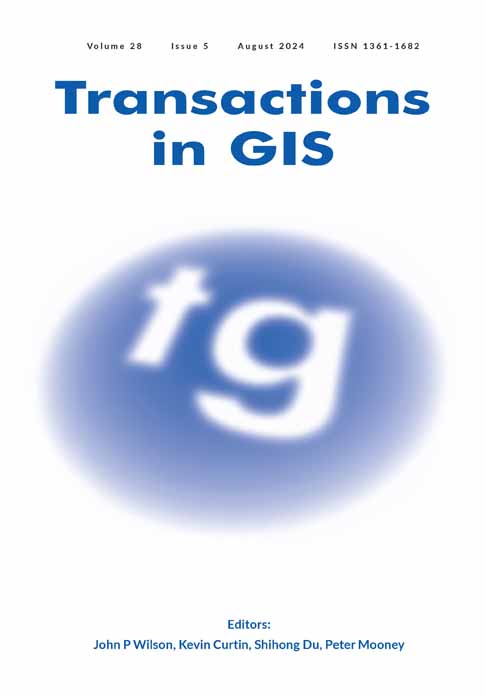Accurate calculation method of terrain viewshed for wireless signal as line of sight
Abstract
Viewshed analysis is an important research content of digital terrain analysis. The terrain viewshed refers to the range that can be seen at the current position, which varies with the nature of the observer. When the observer is a wireless signal tower, it is the communication viewshed, which refers to the area consisted of grid cells where the receiving antennas can receive the signals from a transmitting antenna set up on a grid cell of terrain. The core of base station location problem includes two aspects: combinatorial optimization and the calculation of the coverage rate of signal. The calculation of communication viewshed is an important research content for determining signal coverage range. In this article, we propose an accurate communication viewshed computation algorithm for wireless signal (CVCWS) using the projection curve of 3D Fresnel zone analysis based on DEM. The CVCWS method can calculate the signal reception quality at different locations more precisely. Besides, a signal attenuation model is proposed to compute the theoretical attenuation value according to the signal receiving quality index. The proposed algorithm is compared with the existing DEM-based communication viewshed algorithms, and the theoretical attenuation values are compared with the measured values. The experimental results show that the theoretical values gained by the CVCWS algorithm are close to the measured values, indicating high accuracy of the CVCWS algorithm. The proposed method can provide theoretical support for communication tower location planning and other related applications.
CONFLICT OF INTEREST STATEMENT
No potential conflict of interest was reported by the authors.
Open Research
DATA AVAILABILITY STATEMENT
The data that support the findings of this study are available in National Earth System Science Data Center at http://geodata.nnu.edu.cn/. These data were derived from the following resources available in the public domain: http://geodata.nnu.edu.cn/data, http://geodata.nnu.edu.cn/data/datadetails.html?dataguid=94056593270050&docid=27.




